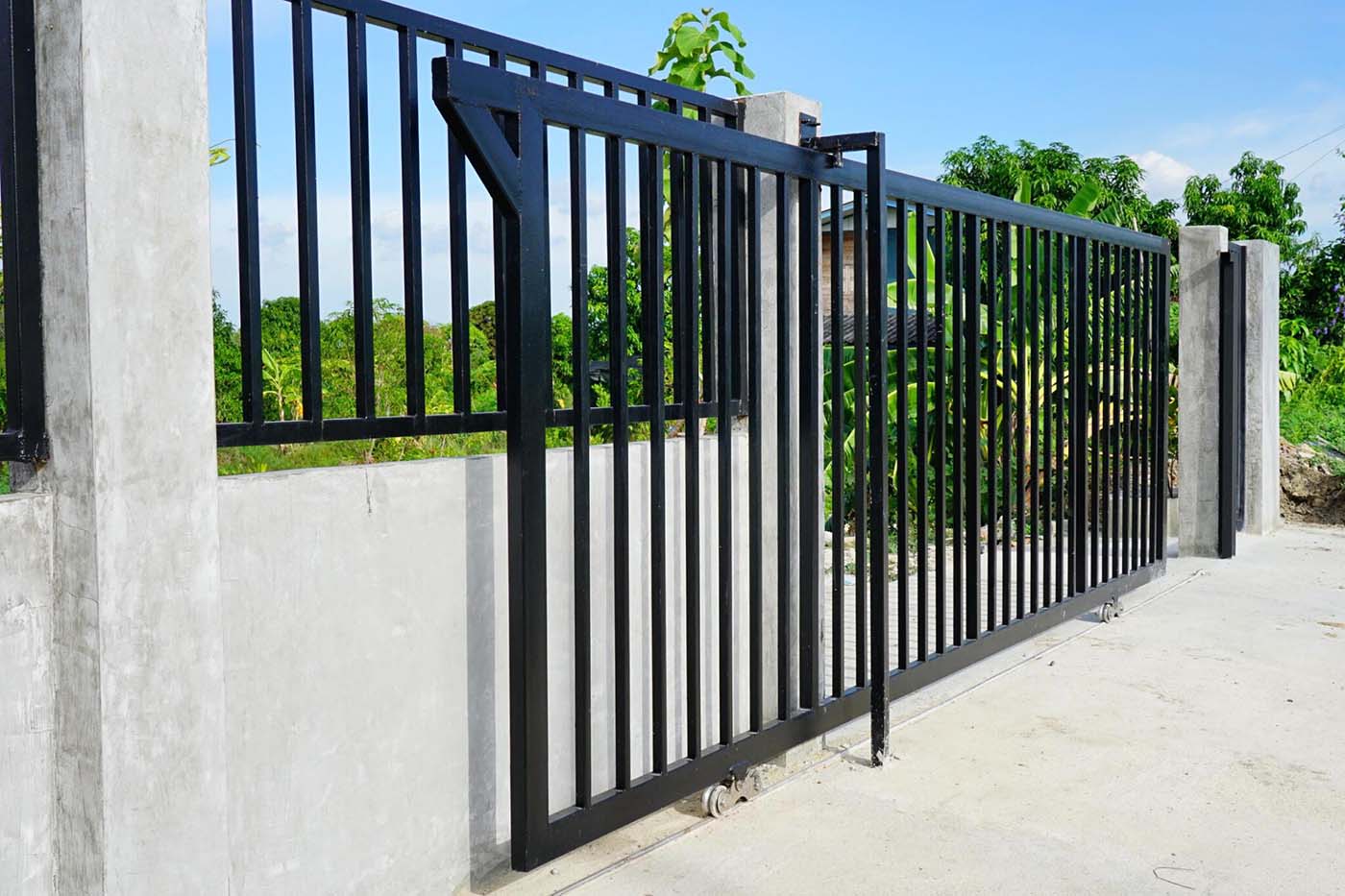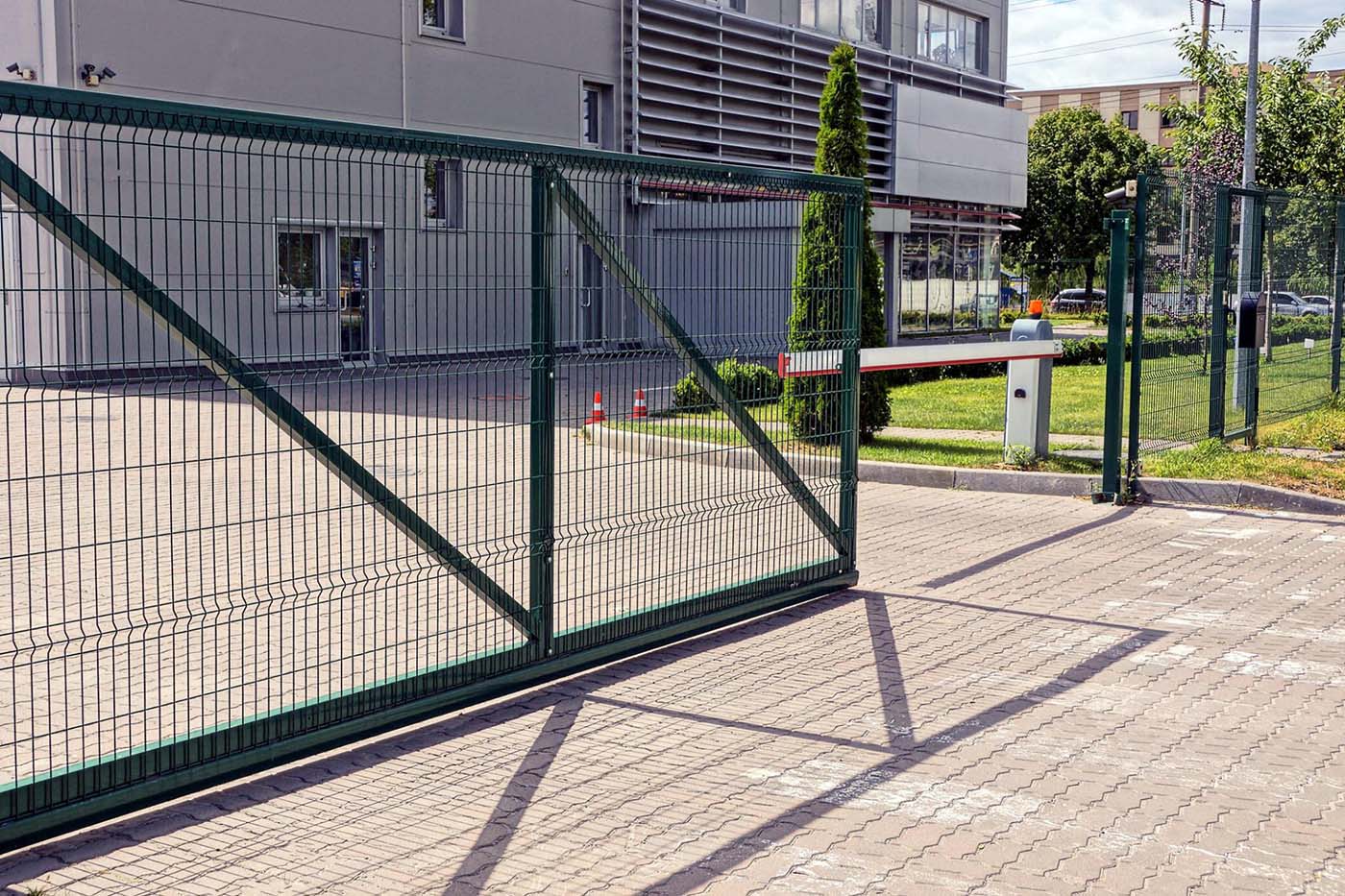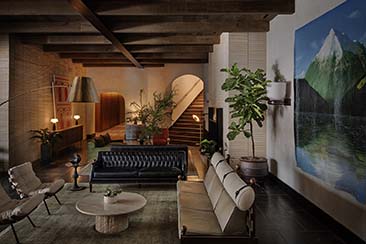The fusion of form and function in architecture is a constant push and pull, where aesthetics and practicality are in a perpetual dance. In the realm of commercial design, one element stands out not only for its structural enhancement but also for the multi-layered advantages it offers—security gates.
Far from the clunky barricades of old, modern security gates are becoming key players in the grand symphony of commercial architecture. This article dives deep into the profound effect security gates have on the commercial architecture landscape, elucidating their role in not just securing edifices but also in refining the very essence of space design.

Enhanced Aesthetic Appeal and Functionality with Swing Gates
Swing gates blend seamlessly into the grandeur of a commercial building while serving as an initial nuance that introduces patrons to the realm of the brand. Architects are increasingly incorporating these gates into their designs for the statement they make—of an accessible yet secure environment. The precision in the movement of a swing gate is mirrored in the precision of architectural plans they are often designed around, leading to a synchronised interplay that entrances passersby before they even step through the building’s doors. Moreover, with advancements in technology, swing gates now offer a wide range of features such as automatic opening and closing, adjustable speeds, and even remote control access.
Improved Security Measures
The stark reality of increased security threats has redefined the landscape of safety measures for commercial business establishments. Security gates are at the forefront of this defence, offering a physical deterrent. The incorporation of advanced locking systems and materials resistant to forced entry elevates the security canvas, ensuring the sanctity of the space enclosed. For businesses dealing with high-value merchandise or confidential information, swing gates provide an extra layer of protection. This not only safeguards assets but also enhances customer trust, making them feel more secure in the business’s physical environment.

Regulation of Access
Blurring lines in commercial spaces can result in both logistical and security conundrums, but not if security gates are thoughtfully integrated. These gates allow for granular control over access points, whether it’s by time, role, or necessity, without sacrificing openness. Through state-of-the-art access control technologies, these gates become the filtering membrane, allowing in only those with valid permission, thus streamlining movement while maintaining secure perimeters.
Increased Property Value
Investing in security infrastructure is also investing in the value of a commercial property. Potential buyers and lessees are increasingly astute in their evaluation of a building’s safety features. The presence of security gates not only serves as a tangible representation of this but also steers the overall perceived value of the premise. When integrated seamlessly into the design, these gates become a selling point and give businesses a competitive edge.
Energy Efficiency and Environmental Control
Beyond safeguarding against the human factor, security gates contribute to environmental control within commercial properties. When designed as part of an integrated climate control system, they manage airflow and temperature, leading to more efficient heating and cooling measures—a sustainable attribute that is increasingly becoming a focus in modern architecture. For commercial buildings that prioritise energy conservation, the inclusion of security gates is a natural choice.
Security gates are not merely functional adjuncts but are integral to the very fabric of commercial architecture. Their influence spans from protecting assets to regulating traffic, while also contributing to the environmental and aesthetic sensibilities of modern-day edifices. Architects, urban planners, and security experts are continually learning to orchestrate these elements within their designs, harmonising security with serenity. In the symphony of commercial architecture, security gates are the steady timpani, providing the beat to a safe yet inviting space.








